Can You Get Hiv From Being Fingered

Concerns about HIV transmission can often lead to anxiety, especially regarding various forms of sexual contact. One common question revolves around the possibility of HIV transmission through fingering. Understanding the actual risks associated with different activities is crucial for informed decision-making and practicing safe sexual health.
This article addresses the specific question of whether HIV can be transmitted through fingering, providing clarity based on scientific understanding and expert guidance. It's vital to disseminate accurate information to alleviate unnecessary fears and promote responsible sexual practices.
Understanding HIV Transmission
HIV, or Human Immunodeficiency Virus, is transmitted through specific bodily fluids. These fluids include blood, semen, pre-seminal fluid, rectal fluids, vaginal fluids, and breast milk. For transmission to occur, these fluids must come into contact with a mucous membrane, damaged tissue, or be directly injected into the bloodstream.
HIV is not transmitted through casual contact. Activities like hugging, shaking hands, sharing utensils, or using the same toilet seat pose no risk of transmission.
Fingering: Assessing the Risk
Fingering, involving digital penetration of the vagina or anus, generally carries a very low risk of HIV transmission. The risk is not zero, but substantially lower than activities like unprotected vaginal or anal intercourse.
The primary way HIV could potentially be transmitted through fingering is if an individual with HIV has open cuts or sores on their fingers and these come into direct contact with vaginal or anal fluids of another person who also has open cuts, sores or inflammation. Even in this scenario, the risk is still relatively low but not impossible.
According to the Centers for Disease Control and Prevention (CDC), the most common routes of HIV transmission are unprotected sex and sharing needles.
Factors Influencing Risk
Several factors can influence the level of risk associated with fingering. These include the presence of open sores or cuts on the fingers of the person doing the fingering, or in the vagina or anus of the person being fingered.
The viral load of the person with HIV also plays a role. Individuals with a higher viral load are more likely to transmit the virus. Antiretroviral therapy (ART) can effectively suppress the viral load, significantly reducing the risk of transmission.
Using lubricants can minimize the risk of tearing or irritation during fingering, thereby decreasing the potential for transmission. Avoiding rough or forceful digital penetration is also advisable.
Recommendations for Safer Practices
While the risk of HIV transmission through fingering is low, taking precautions is always recommended. Consider using barriers, such as finger cots or gloves, to eliminate any potential risk.
Open communication with sexual partners is essential. Knowing your partner's HIV status and discussing safer sex practices can greatly reduce anxiety and promote responsible behavior.
Regular HIV testing is crucial for everyone who is sexually active. Knowing your status allows you to take necessary precautions and seek treatment if needed. The CDC recommends that everyone between the ages of 13 and 64 get tested for HIV at least once.
Conclusion
In summary, the risk of HIV transmission through fingering is low but not entirely absent. The presence of cuts, sores, or inflammation, along with the viral load of the person with HIV, can influence the level of risk. Using barriers, open communication, and regular testing are essential practices for maintaining sexual health. Always consult with a healthcare professional for personalized advice and information regarding HIV prevention and transmission.

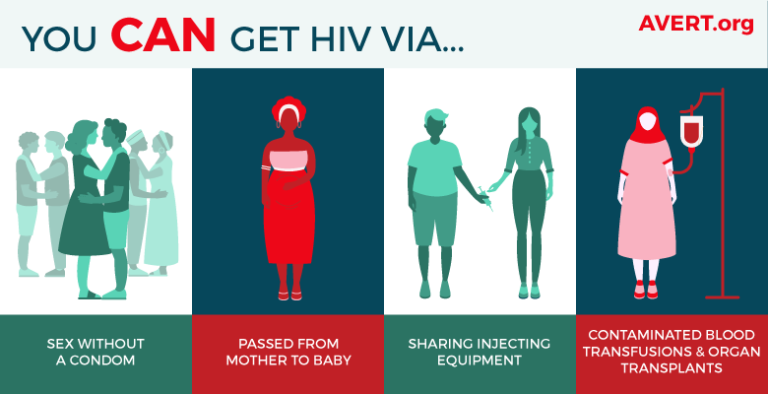
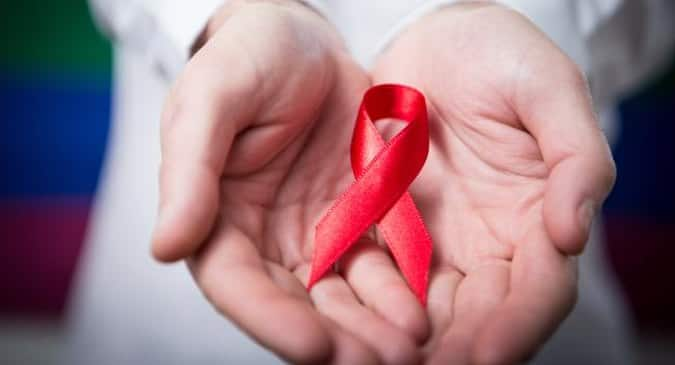
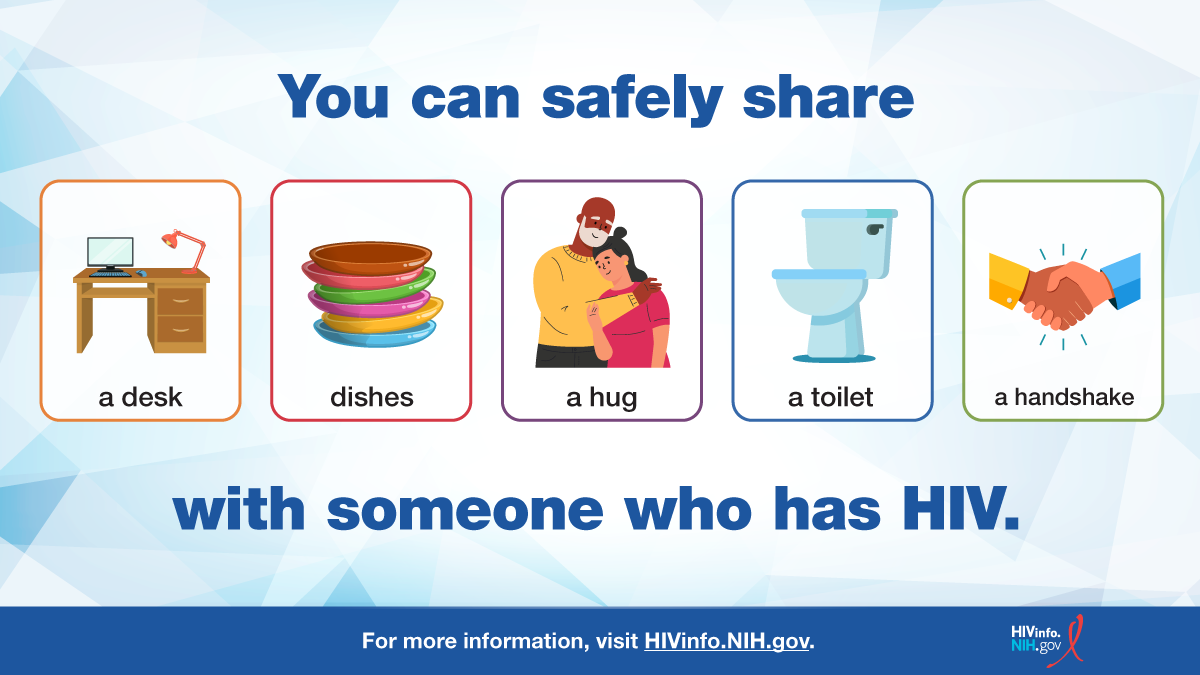


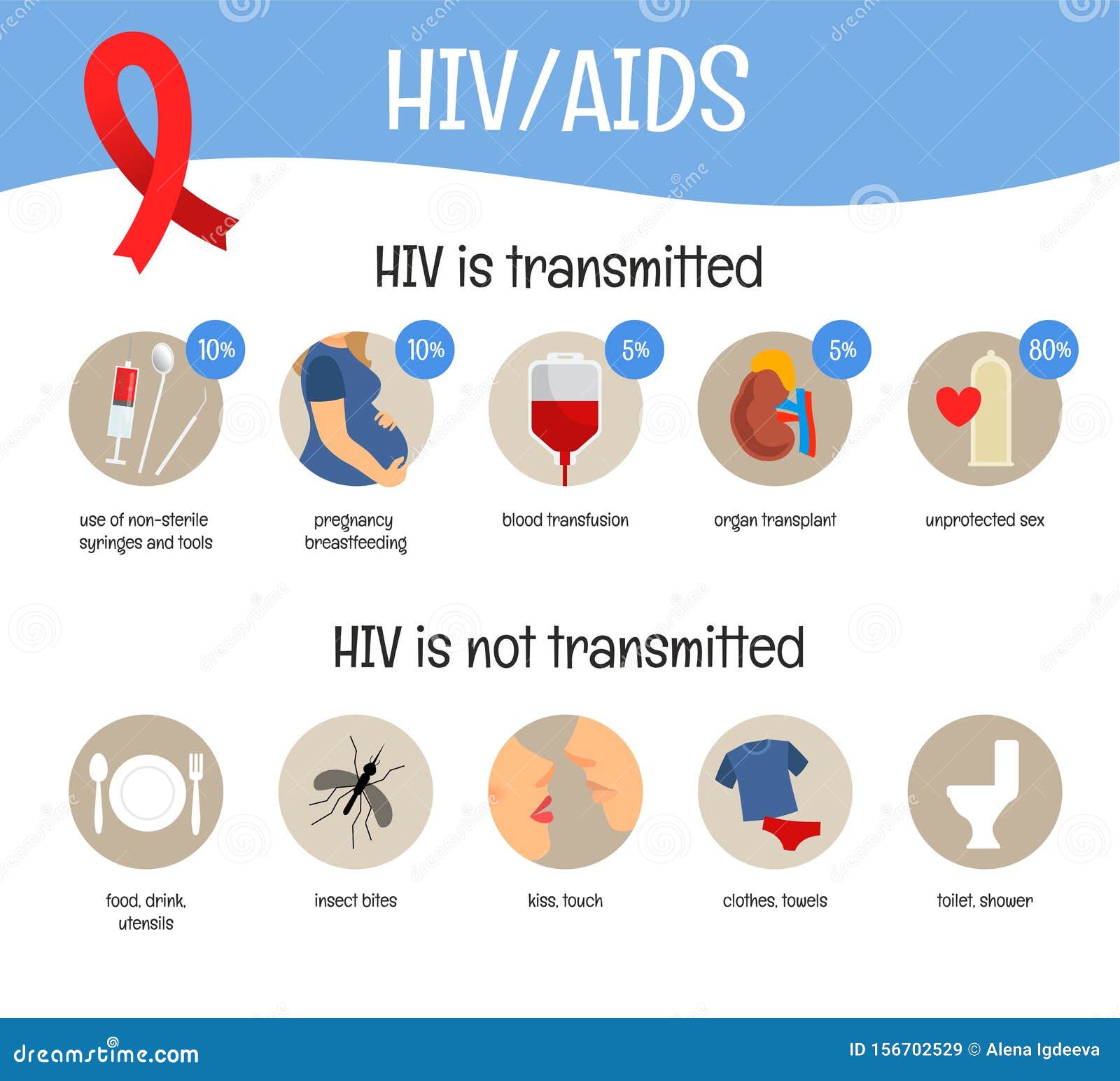
:max_bytes(150000):strip_icc()/hiv-transmission-5086570-Final-13ee7bc434564d2cbab3a3734327ef0c.jpg)
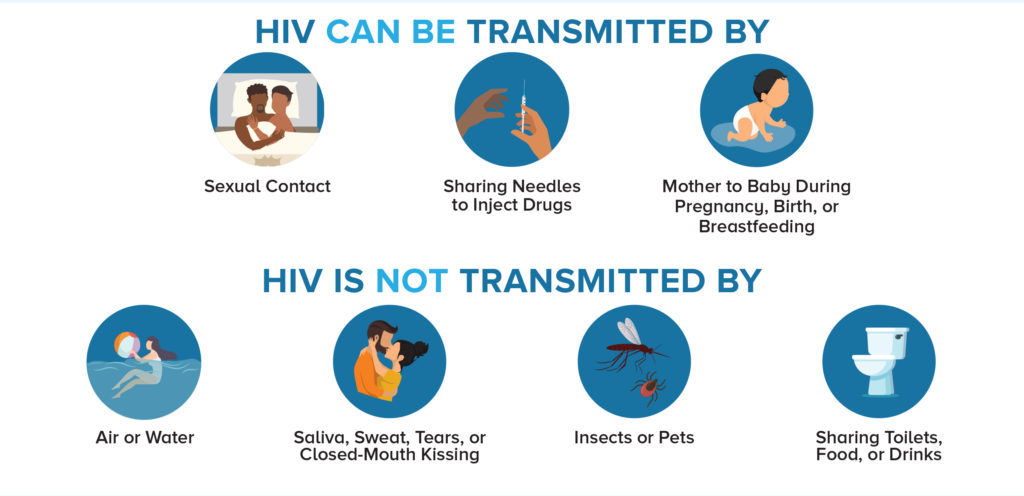
:max_bytes(150000):strip_icc()/hiv-and-oral-sex-49604_final-d21fc90df9a74275a495839877443ea0.jpg)
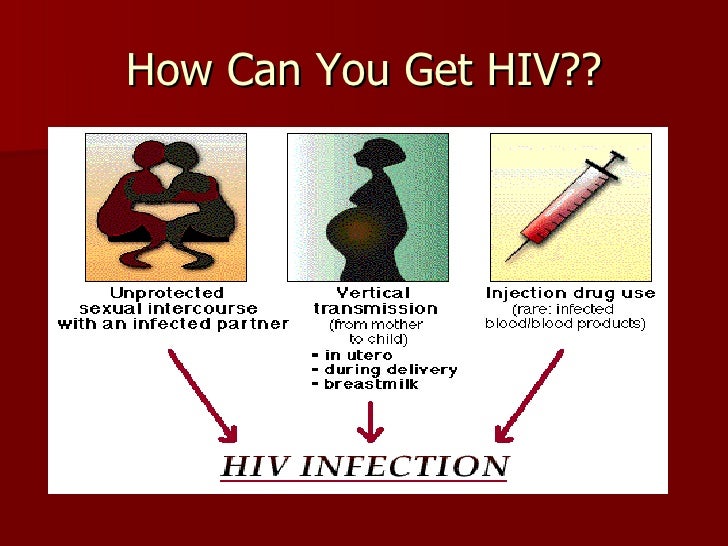
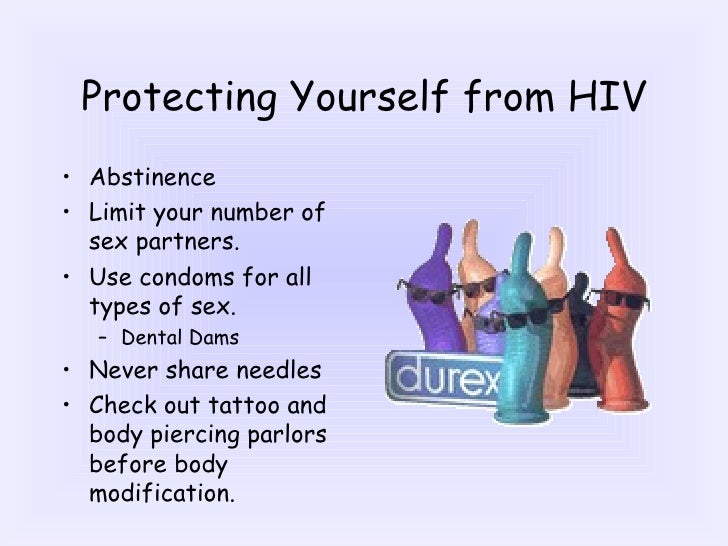

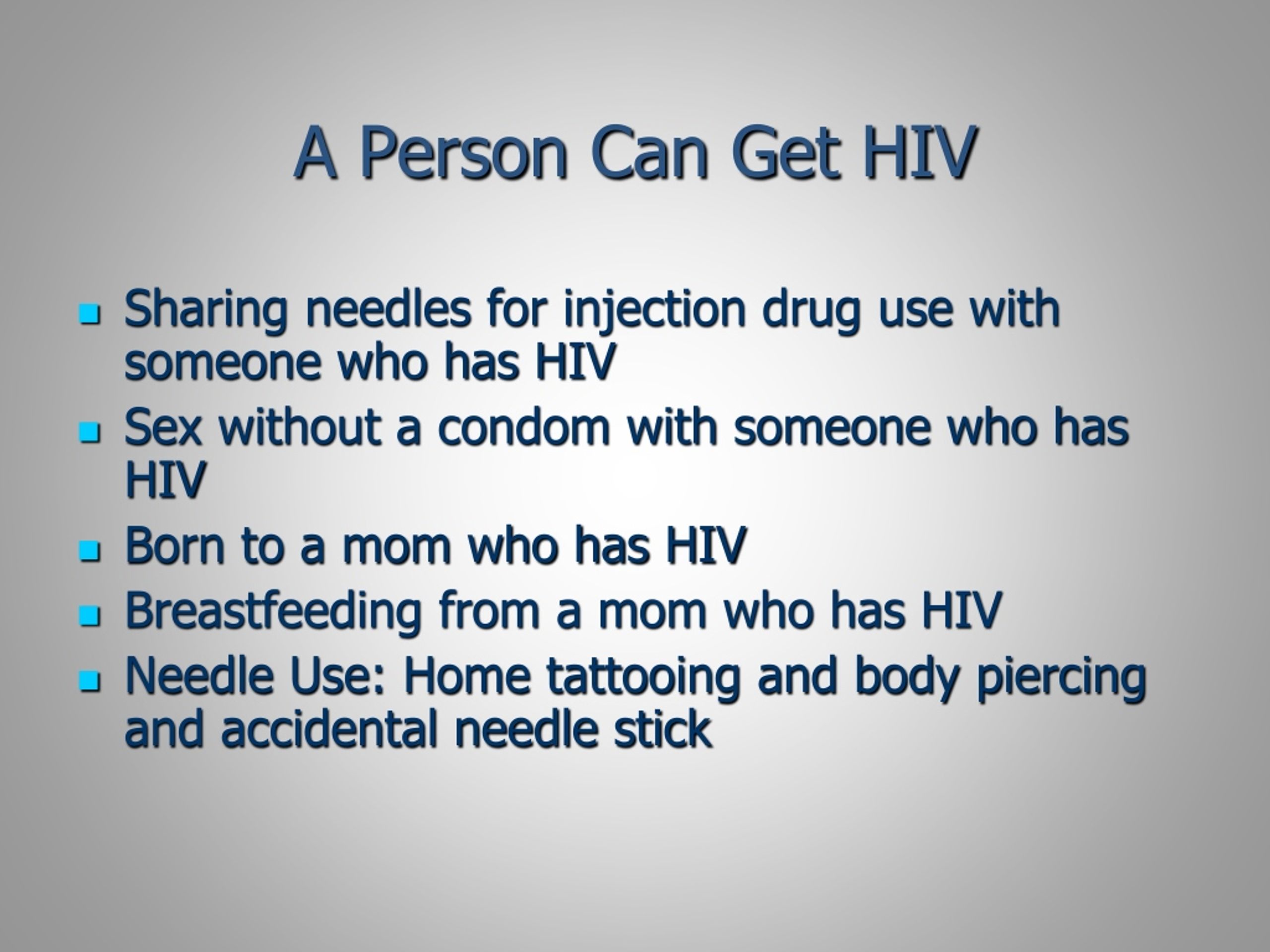

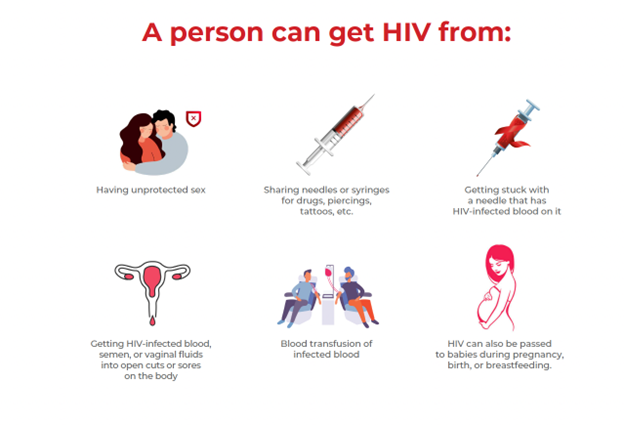
:strip_icc():format(jpeg)/kly-media-production/medias/3643676/original/019639800_1637811979-woman-hand-holding-red-ribbon-hiv-awareness-concept-world-aids-day-world-sexual-health-day.jpg)

